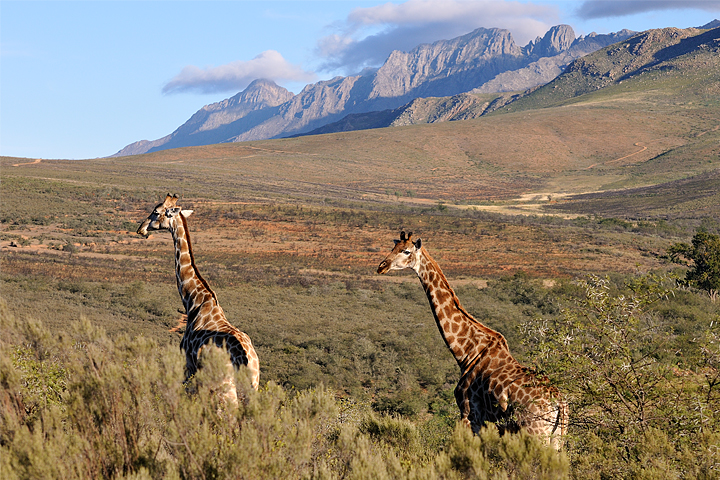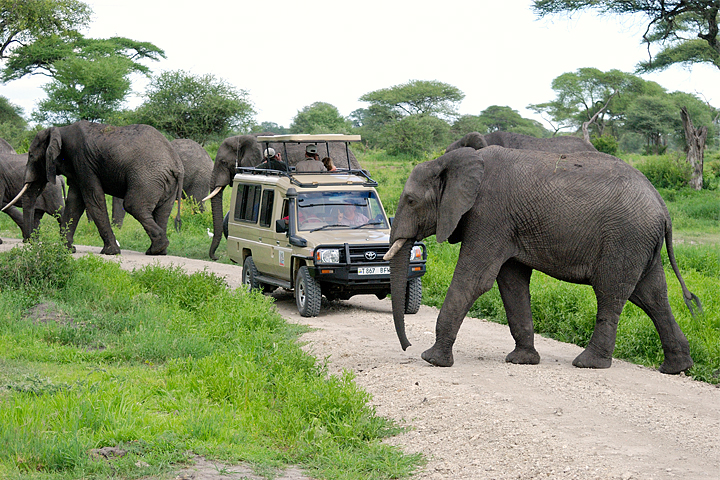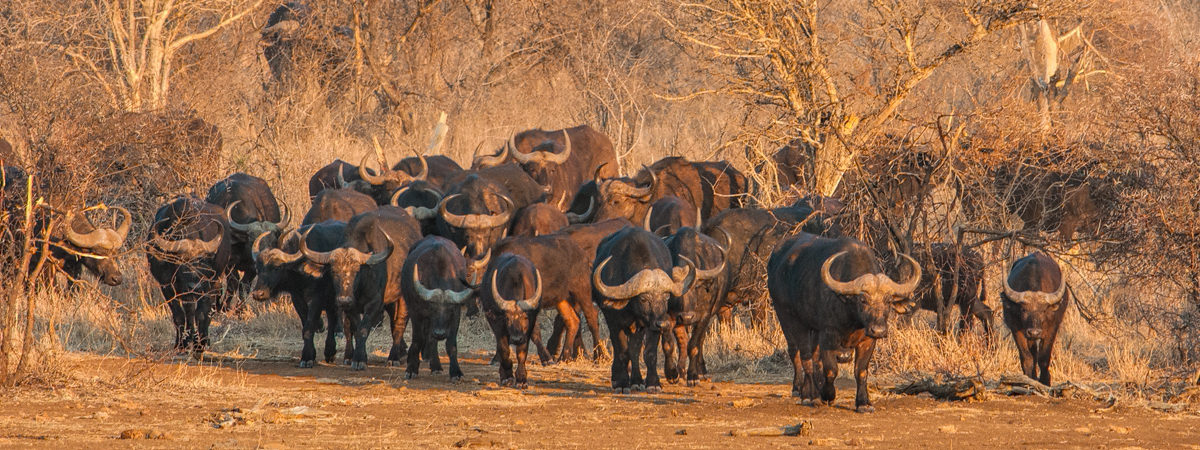Don’t waste your time being jealous of the long telephoto lenses you see poking out of other vehicles, learn to make the best use of of the equipment you have, familiarity with your equipment will pay dividends time and time again.
A close up is not always the best shot. While some close up shots work really well, even more do not.
A really tight crop begs the question; where was this taken? How can anyone know whether you took the photo in the wild or in a zoo.
If you’re really pleased with your shot you may not care about that, but for me and many others being able to see an animal in its natural habitat adds an extra dimension to the image.
It would have been easy to zoom in so that these giraffe filled the frame but including the mountains in the background creates a much stronger image.

Similarly, it would have been a simple matter to just photograph these elephants wading across the Ewaso Ngiro river, but by including the hammock in the picture we have given the viewer an insight into our safari. ‘Wow, I can just lie in my hammock and watch the animals.’

Often on game drives you will find yourself struggling to get a shot of your subject without game drive vehicles intruding into the frame. This can happen in busy parks like Maasai Mara where several vehicles are viewing the same animal.
Whilst this can often be intensely frustrating there are occasions when you can turn this to your advantage and deliberately include a vehicle to illustrate just how close you can get to the animals. It is often these pictures that create the most buzz when showing your photos to friends.

Look out for Part 5
The art of taking photos on a wildlife safari
5 – Perspective

